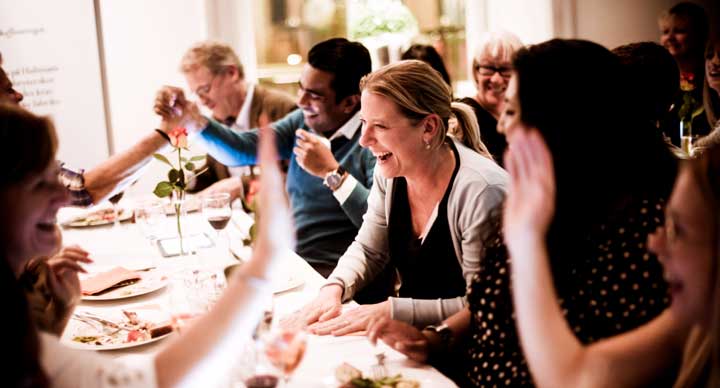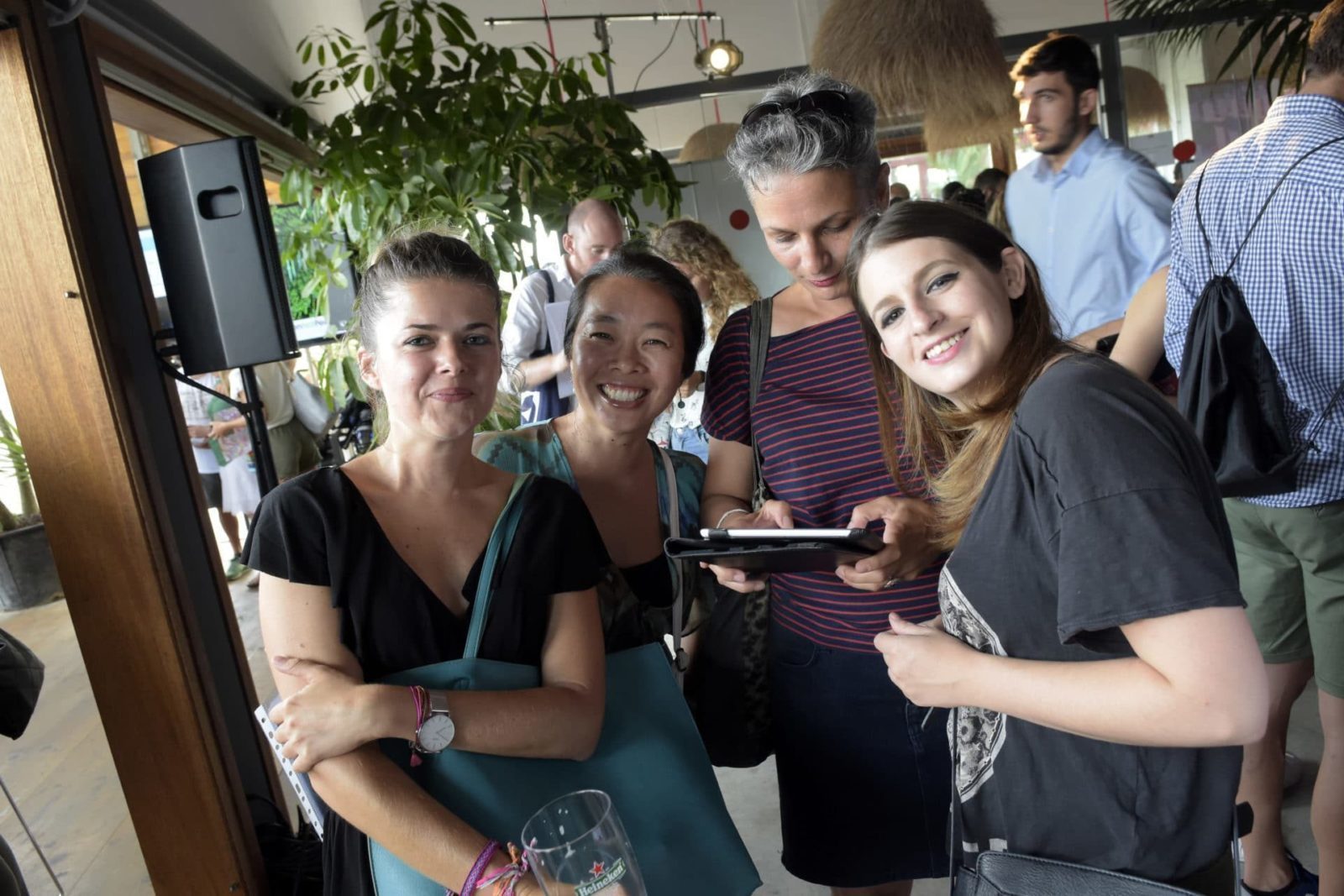What makes a team great?
Leaders everywhere struggle with the question of how to get their teams to not only work together,
but to bond and become greater than the sum of their parts. However, the secret to team building always seemed more art than science; the luck of the draw.
But according to research carried out by MIT’s Human Dynamics Lab the qualities that make great teams; the energy, creativity and the shared commitment to surpass their rivals, can be observed and measured. What’s more, they can be taught. *
Why play should be built into corporate values?
They found that more than any other aspect, such as individual intelligence or skill, the secret ingredient to great teamwork –and it may seem obvious – is communication.
They found that it wasn’t so much what a team was talking about, but how they talked to each other and communicated outside of meetings. So it seems that social teams are better teams, and the best way to encourage social engagement, in otherwise routine tasks, is gamification.
According to one MIT study, the best performing teams are ones that talk together in groups and have individual conversations on the side. But it can be difficult to encourage new employees to talk openly, especially in groups, and so team learning through games can break those barriers and get people talking in meaningful ways by giving them a shared goal, a sense of competition and above all, a need to collaborate.

A different approach to learning and development
Learning through games can transform a potentially dry corporate training session into a much more exciting, potentially transformative event. Gamification can be the difference between a quickly forgotten lecture and a deeply rooted lesson, one that will have lasting effects on employees. It encourages learning and development and allows them to take on corporate values in a meaningful way.
The study showed that even allowing teams to take breaks together improved performance by up to 20%, and increased employee satisfaction by 10% (in this case it was a call centre team).
They found that the key attributes that enhance a team’s performance can be broken down into 5 distinct characteristics, so games that focus on the following are shown to improve performance the most:
1 Talking and listening in equal measure, keeping contributions to the point. This ensures everyone has an input and makes them feel valued.
2 Members facing one another, having conversations that are energetic. Games that focus on high energy interactions, often with time constraints and competitive elements, improve energy levels.
3 Members should connect with each other and not just the leader. Having side-channel conversations leads to a better all-round strategy and sense of inclusivity.
4 Team members should have side-channel conversations which lead to a better all-round strategy and sense of inclusivity.
5 Members periodically break and take on individual exercises to contribute to the final goal.
With these elements in place, team members can not only enjoy team building, but learn to collaborate more effectively leading to a lasting bond that improves performance and employee satisfaction.



